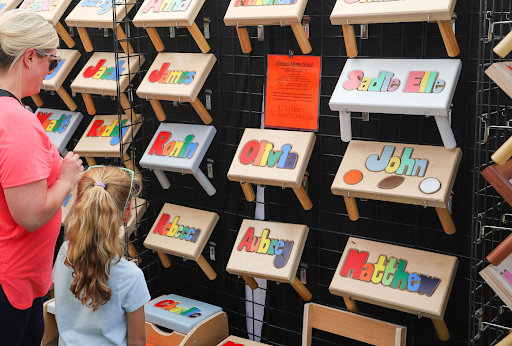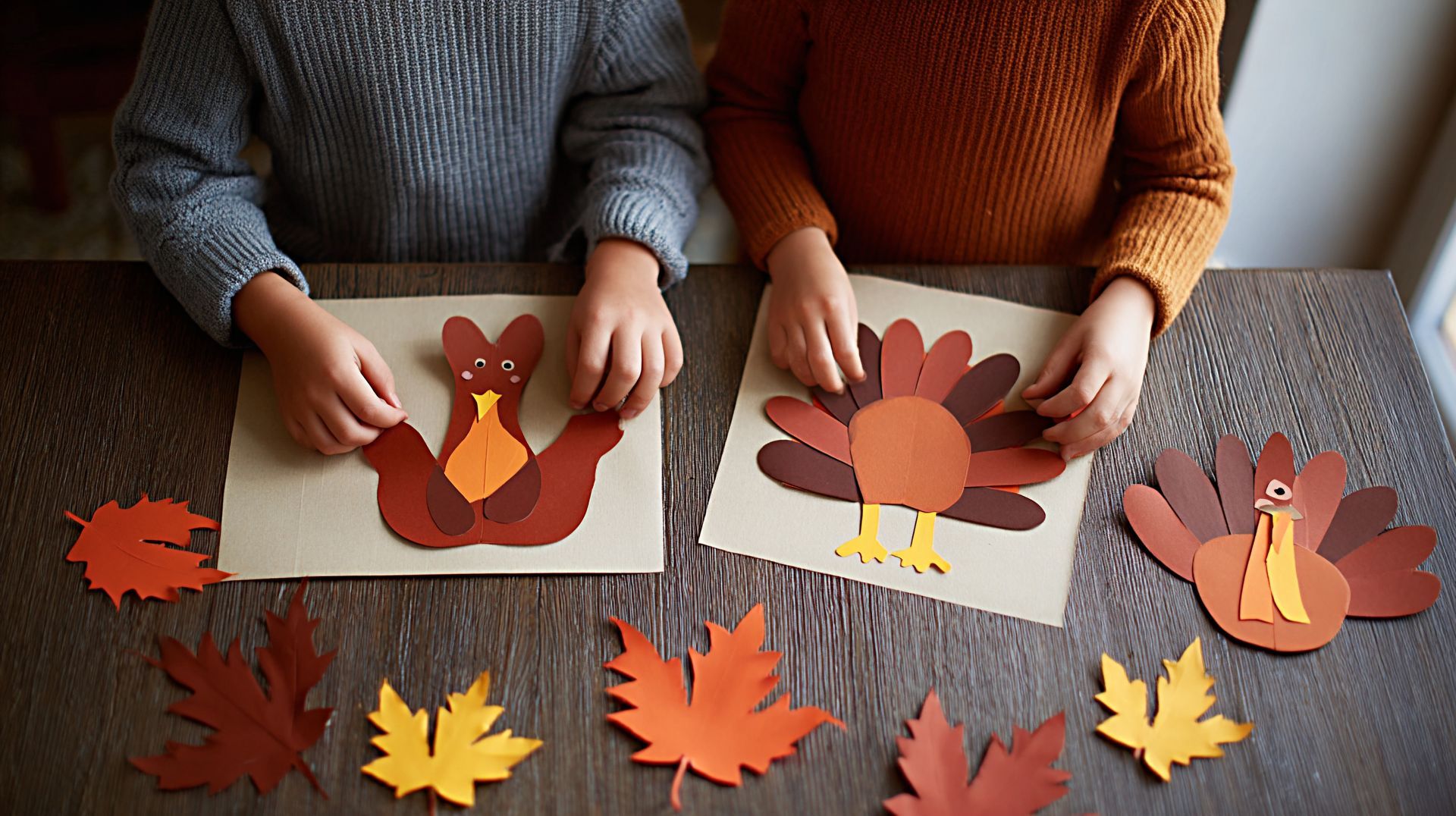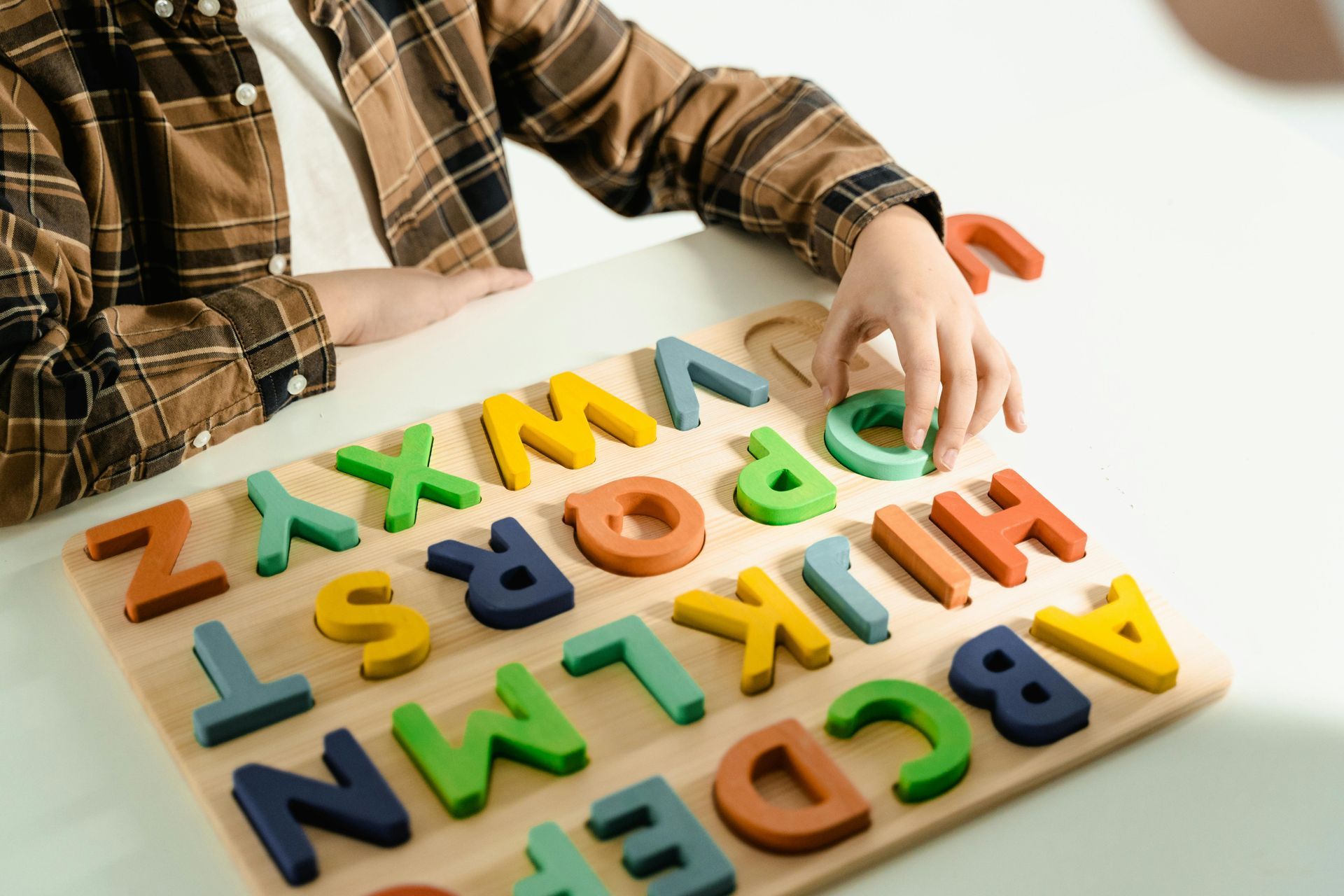How to Teach Collaborative Play With Puzzles
It’s no secret that children learn through play as they grow. Unstructured playtime in a safe environment gives children the agency to build skills and imagination. Specifically, collaborative play with other children or even adults is critical. Puzzles may not be the first toy that comes to mind when you hear the term “collaborative play,” but adults can use them to teach many crucial principles to children.
Sharing
Sharing is at the center of collaborative play. Although it can be difficult for some children to see the benefit of sharing their toys and games, the payoff will come when they become empathetic and emotionally aware of others. A way to share puzzles could be by having a “puzzle party” where a few children bring a puzzle from home and play with all the puzzles. The children can see how everyone has more fun when they come together and share while also learning ownership of their puzzle since that is the one they will take back home.

Taking Turns
Another classic lesson kids learn through play is taking turns. Once children learn to take turns successfully, they build skills in patience and cooperation. Taking turns is most easily taught by playing a board game, but puzzles are another avenue for this lesson. Children can switch off who puts the next piece of the puzzle in, or for smaller puzzles, take turns solving the whole puzzle.
Learning How Other Kids Play
As a child develops their habits of play, they should also be exposed to how other kids play. Children can learn new ways to solve problems, complete tasks, and gain unique skills in collaborative play situations by seeing how their friends or siblings play. Puzzles are an excellent way for children to observe how others play – does the other child start the puzzle differently or have a different strategy than they do?
Imagination
Many children have a natural sense of imagination when they are young. Imaginative play is beneficial in many ways, especially in fostering creativity. Even structured toys and games like puzzles with a clear goal (e.g., solve the puzzle, earn the most points, etc.) can be used for imaginative play. If the puzzle has letters or numbers, you can ask your child to make up a story using a word that starts with that letter or includes that number. For jigsaw puzzles, encourage children to create a story explaining what is happening in the picture.
Innovation
Children can learn how to be innovative through collaborative play. Building off of imaginative play, children can think outside of the box when it comes to a toy or game they have already played with many times. Challenge your child and their friends or siblings to create a new game from the materials they already have, or combine two games/toys to create something new. Even with a simple name puzzle, children could sort the pieces by color instead of word order, separate vowels and consonants, or rearrange the letters to form a new word. When children practice innovation with their playmates, everyone can learn something new.

Different Age Groups
Another vital aspect of collaborative play is when children play with children older or younger than themselves. There are important lessons to be learned both ways: when a child plays with someone older, they can see how they use their more experienced brain and body to play, whereas, with a younger playmate, they can teach them how to do a task the younger child may not know. This is especially crucial for children without siblings. Most adults spend time with people from different age groups in some capacity every day, so starting children’s exposure to age dynamics as soon as possible is beneficial.
There are plenty of other benefits to collaborative play you can read about, but the best way to understand these benefits is to see how it plays out with children in person. If you are interested in seeing how puzzles can be used for collaborative play, we have many options at Hollow Woodworks. Our products are customizable, colorful, unique, safe, and educational for children of all ages. Check out our website and get in touch today!
The post How to Teach Collaborative Play With Puzzles appeared first on Hollow Woodworks.




